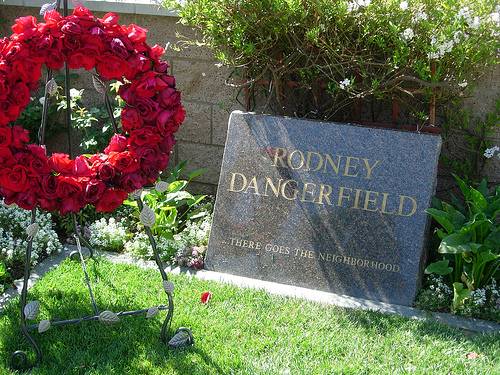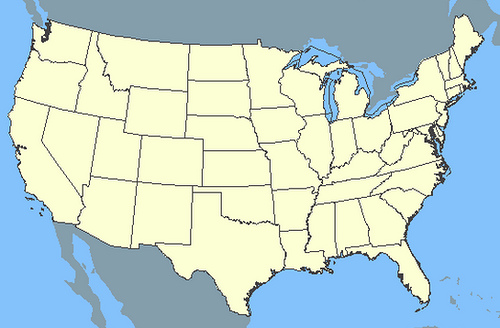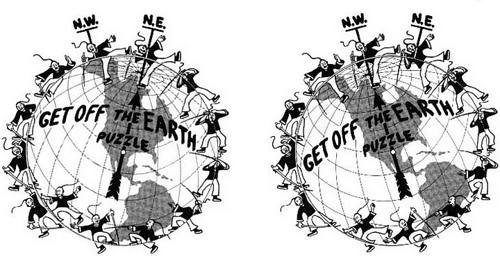
Preparing for heart surgery at age 81, Rodney Dangerfield was asked how long he’d be in the hospital.
“If all goes well, about a week,” he said. “If not, about an hour and a half.”

Preparing for heart surgery at age 81, Rodney Dangerfield was asked how long he’d be in the hospital.
“If all goes well, about a week,” he said. “If not, about an hour and a half.”
One of the most enduring contributions to the [Wolfgang] Pauli legend was the ‘Pauli Effect,’ according to which Pauli could, by his mere presence, cause laboratory accidents and catastrophes of all kinds. Peierls informs us that there are well-documented instances of Pauli’s appearance in a laboratory causing machines to break down, vacuum systems to spring leaks, and glass apparatus to shatter. Pauli’s destructive spell became so powerful that he was credited with causing an explosion in a Göttingen laboratory the instant his train stopped at the Göttingen station.
– William H. Cropper, Great Physicists, 2004
(To exaggerate the effect, Pauli’s friends once arranged to have a chandelier crash to the floor when he arrived at a reception. When he appeared, a pulley jammed, and the chandelier refused to budge.)
On April 19, 1944, Howard Hughes flew a Lockheed Constellation from California to Washington, D.C., in just under seven hours.
On the way back he picked up Orville Wright in Ohio, giving him the last airplane flight of his life.
The Constellation’s wingspan, 126 feet, was 6 feet greater than the length of Wright’s first flight in 1903.
When George Bernard Shaw was a music critic, he dined one evening at a restaurant with a mediocre orchestra.
Recognizing Shaw, the leader sent him a note asking what he would like them to play next.
Shaw replied, “Dominoes.”
“Prosperity doth best discover vice, but Adversity doth best discover virtue.” Francis Bacon

John lives in an East Coast state and Mary in a West Coast state. During a phone conversation one night, they realize that it is the same time in both locations. How can this be?
It is difficult to understand how the old-world fashion of … ‘washing up’ plates and dishes can have endured so long. Of course, in the new age, these utensils will be simply dropped one by one into an automatic receptacle; swilled clean by water delivered with force and charged with nascent oxygen; dried by electric heat; and polished by electric force; being finally oxygen-bathed as a superfluous act of sanitary cleanliness before being sent to table again. And all that has come off the plates will drop through the scullery floor into the destructor beneath to be oxygenated and made away with.
– T. Baron Russell, A Hundred Years Hence, 1906
(Mechanical dishwashers had existed since the 1850s, but they were hand-powered. Modern dishwashers weren’t common until the 1970s.)
bemissionary
v. to annoy with missionaries

Patented in 1896, Sam Loyd’s “Get Off the Earth” puzzle reportedly sold more than 10 million copies during the puzzlemaker’s lifetime, making it one of the most popular puzzles of all time.
There are 13 men in the figure on the left. Rotating the earth produces the figure on the right — which has 12 men. What happened to the 13th man?
Doubtful but interesting: I’ve found four secondhand accounts that in December 1827 a planter working in a field near Montevideo discovered a tombstone covered with unknown characters, and that it covered a small excavation containing two rusted swords, a helmet, a shield, and a large earthen vessel.
According to the story, the legible part of the inscription was in Greek: “During the dominion of Alexander, the son of Philip, King of Macedon, in the sixty-third Olympiad, Ptolemais–”
The handle of one of the swords reportedly displayed the portrait of a man, supposedly Alexander the Great, and one of the helmets had been sculpted with the image of Achilles dragging the corpse of Hector around the walls of Troy.
The implication is that the ancient Greeks had reached South America — that a commander in Alexander’s fleet was overtaken by a storm in the Atlantic and driven to the Brazilian coast, where he established a monument to commemorate their presence there.
“The interesting nature of this account is sufficient to make us regret its manifest improbability,” writes the Foreign Review. “Such a discovery in Brazil from the time of Alexander is not likely to receive authentic confirmation.”
(The other accounts are in Josiah Priest, American Antiquities, and Discoveries in the West, 1833; The Native Races of the Pacific States of North America, 1876; and Elroy McKendree Avery, A History of the United States and Its People, 1904.)